Pet snakes are masters of disguise when it comes to showing signs of illness. Unlike mammals that might whine, limp, or show obvious distress, snakes have evolved to hide weakness as a survival mechanism. This evolutionary trait, while beneficial in the wild, makes it challenging for pet owners to detect health problems until they’ve become serious or even life-threatening. Recognizing subtle changes in your snake’s appearance, behavior, and habits is crucial for early intervention. This comprehensive guide will help you identify the often-missed warning signs of illness in your serpent companion and provide guidance on immediate actions to take when you spot potential health issues.
Understanding Normal Snake Behavior as a Baseline

Before you can identify abnormal behavior in your snake, you need to establish what’s normal for your particular pet. Healthy snakes generally have clear, bright eyes (except during shedding), smooth scales with a slight sheen, and regular breathing patterns without wheezing or bubbling. They should be alert when active, respond to handling and environmental stimuli appropriately, and maintain a consistent eating schedule based on their species and age. Take time to observe your snake regularly during different times of day to understand its typical movement patterns, preferred resting spots, and normal body posture. Keeping a simple journal of your snake’s feeding, shedding, and activity levels can provide valuable baseline data that helps you spot changes quickly when they occur.
Concerning Changes in Skin and Scale Appearance

A snake’s skin can reveal much about its health status, with abnormalities often serving as the first visible signs of illness. Discoloration, particularly redness between scales or unusual dark patches, may indicate inflammation, infection, or burns from improper heating elements. Raised scales, blisters, or small wounds could signal parasitic infections, bacterial issues, or injuries from rough enclosure decorations. Scale rot, appearing as brown, red, or black discoloration on the belly scales with potential fluid buildup underneath, develops from excessive humidity or unsanitary conditions and requires immediate attention. During shedding, healthy snakes should shed their skin in one complete piece; patchy shedding, particularly around the eyes or tail tip, often indicates dehydration or environmental issues that need addressing.
Respiratory Distress Signs You Shouldn’t Ignore
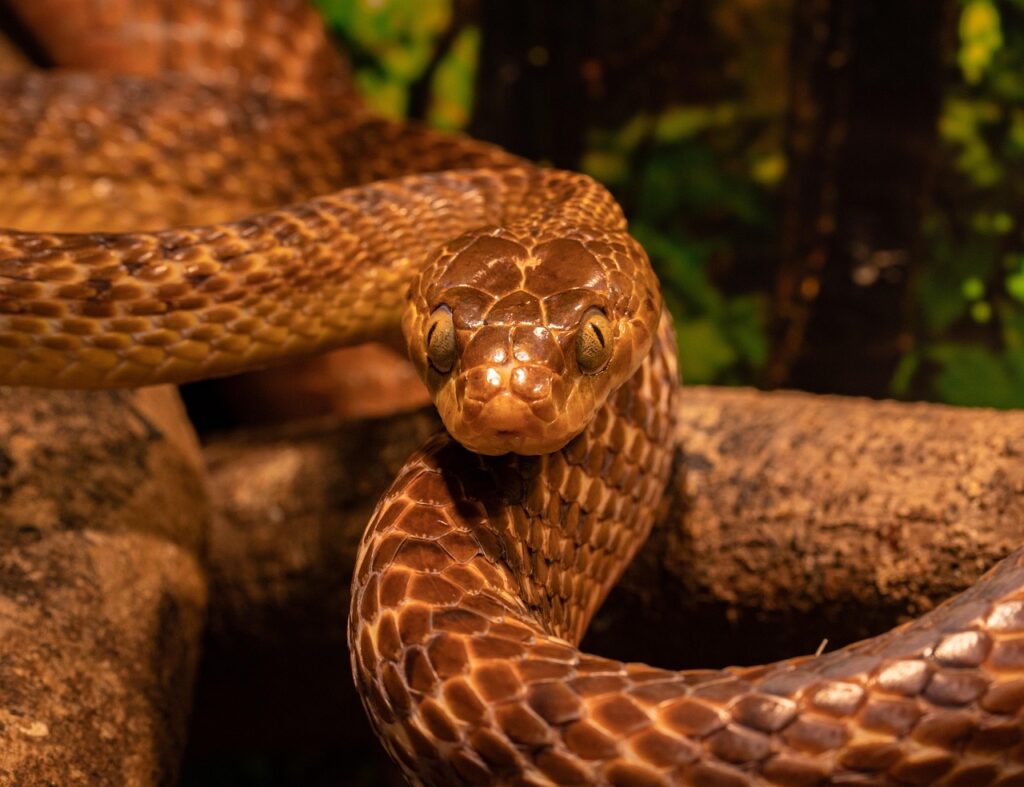
Respiratory infections are common in snakes kept in suboptimal conditions, particularly when humidity and temperature requirements aren’t met. Listen carefully for abnormal breathing sounds like wheezing, clicking, or gurgling, which indicate fluid in the respiratory tract. Watch for open-mouth breathing when the snake is at rest, as this suggests the animal is struggling to get enough oxygen. Mucus bubbles around the nostrils or mouth are a critical emergency sign requiring immediate veterinary care, as is excessive saliva or drooling. You might also notice your snake holding its head and neck at an unusual upward angle to ease breathing difficulty, which is a subtle but significant indicator that should prompt rapid response from owners.
Behavioral Red Flags: Movement and Posture Changes
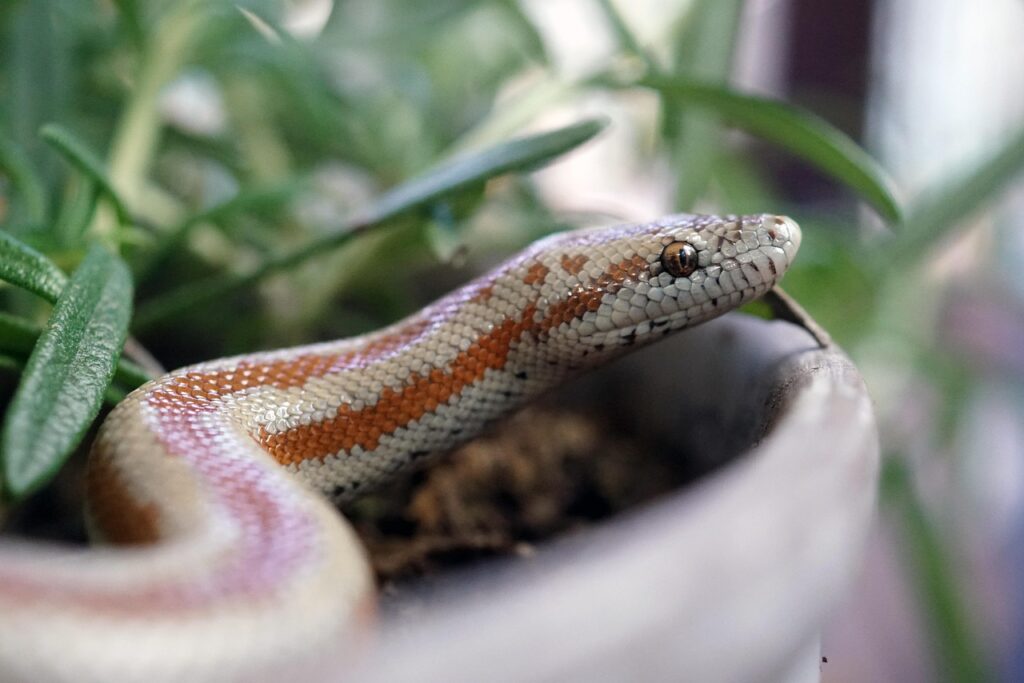
Changes in how your snake moves can provide important clues about its health status long before more obvious symptoms appear. Healthy snakes exhibit smooth, coordinated movements, while ill snakes may show tremors, twitching, or difficulty coordinating their bodies when moving. “Stargazing” behavior, where a snake appears to stare upward and may even flip onto its back, indicates serious neurological issues that require immediate medical intervention. Unusual postures such as consistently lying on its back, twisting the neck unnaturally, or keeping parts of the body rigidly straight rather than in natural curves are serious warning signs. Some snakes may also display uncoordinated movements resembling seizures or may be unable to right themselves when placed on their backs, both of which are medical emergencies requiring swift attention.
Feeding Refusal and Digestive Issues
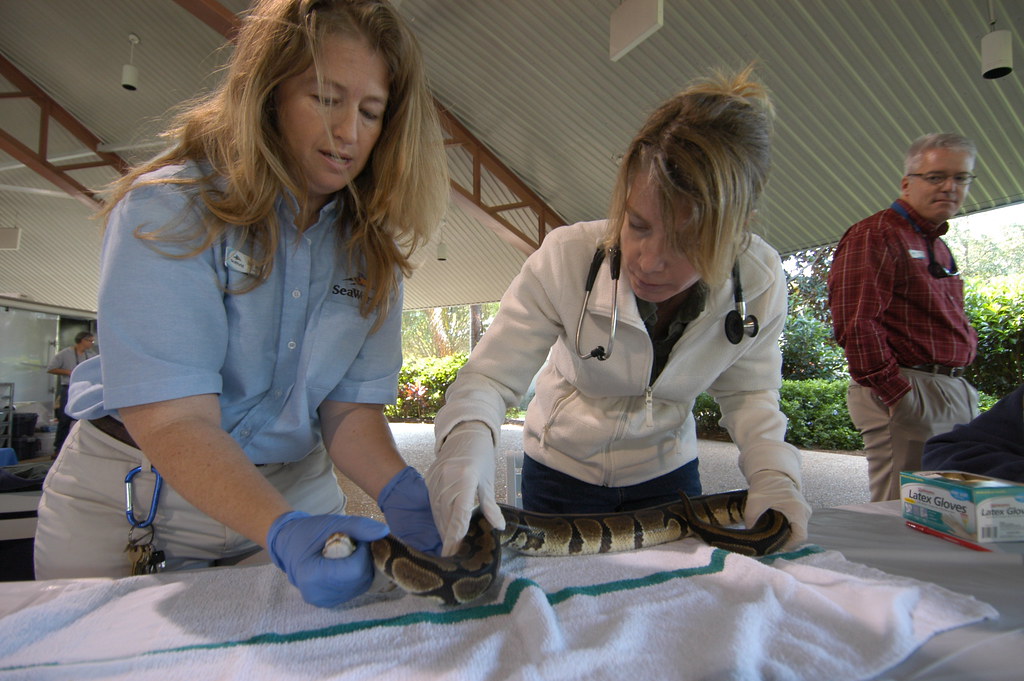
While many snake owners worry about feeding refusals, context matters significantly when determining whether this represents a health concern. Seasonal appetite changes, particularly during breeding season or winter months, are normal for many species, as is decreased appetite during pre-shed periods. However, a previously good eater that suddenly refuses multiple meals should be monitored closely for additional symptoms. Regurgitation or vomiting food items hours or days after eating indicates serious digestive issues, possibly from incorrect feeding temperatures, handling too soon after meals, or digestive infections. Abnormal feces, particularly those containing undigested food, blood, unusual colors, or excessively watery consistency, warrant investigation. Constipation, where a snake doesn’t defecate for weeks after a meal despite appropriate temperatures, can indicate impaction or other digestive tract problems requiring veterinary attention.
Mouth Rot: A Common Yet Serious Condition
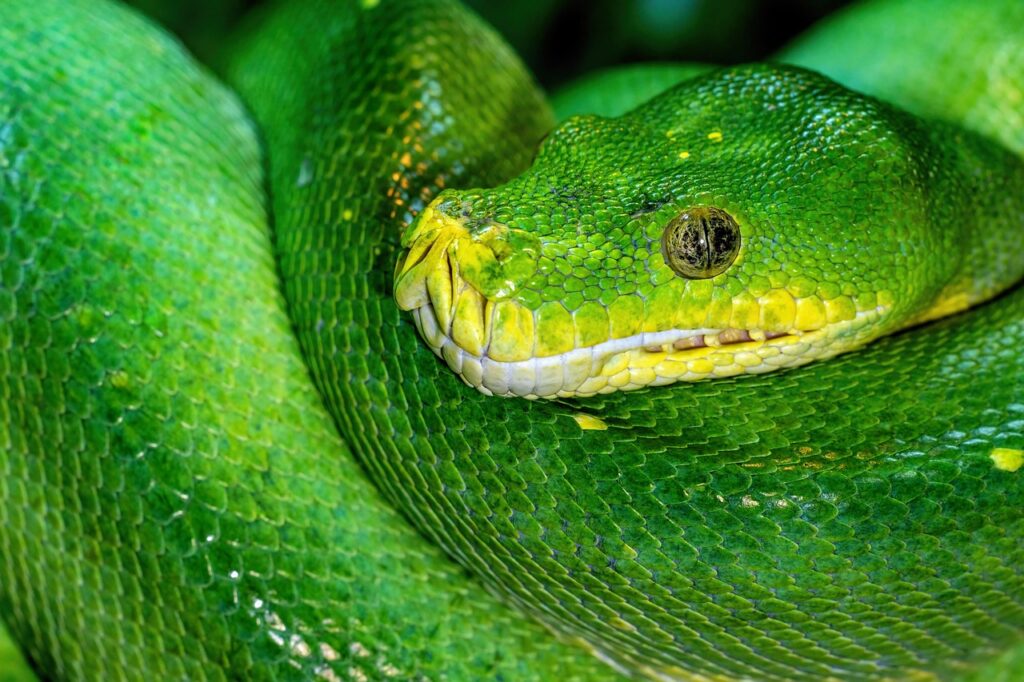
Infectious stomatitis, commonly called “mouth rot,” is an inflammatory bacterial infection affecting a snake’s mouth and can progress rapidly if untreated. Early signs include excessive saliva, pink or red gum tissue, and reluctance to eat or fully close the mouth. As the condition worsens, you may notice cheesy, yellowish plaques forming along the gumline or inside the mouth, accompanied by a foul odor. Severely affected snakes may develop swelling around the jaw and face, making it physically difficult to close the mouth or eat. This condition often develops secondary to stress, poor husbandry, or compromised immune function, and represents a serious medical condition requiring antibiotic treatment rather than home remedies. Regular inspection of your snake’s mouth when it yawns or during handling can help catch this condition in its earliest, most treatable stages.
Problematic Shedding Patterns and What They Mean

A perfect shed, where the skin comes off in one complete piece including eye caps, indicates good health and proper humidity levels. Incomplete sheds, particularly retained eye caps or tail tips, signal dehydration or improper environmental conditions that require correction. Multiple incomplete sheds in succession can lead to constriction injuries, particularly around the tail tip or hemipenes in males, potentially causing tissue death if not addressed. Some snakes may attempt to shed more frequently than their normal cycle (typically every 4-8 weeks depending on age and species), which often indicates external parasites or skin infections irritating the animal. If your snake remains in the “blue” phase (when eyes appear cloudy before shedding) for more than 10-14 days without progressing to actual shedding, this suggests systemic health issues requiring veterinary evaluation.
Weight Loss and Body Condition Concerns
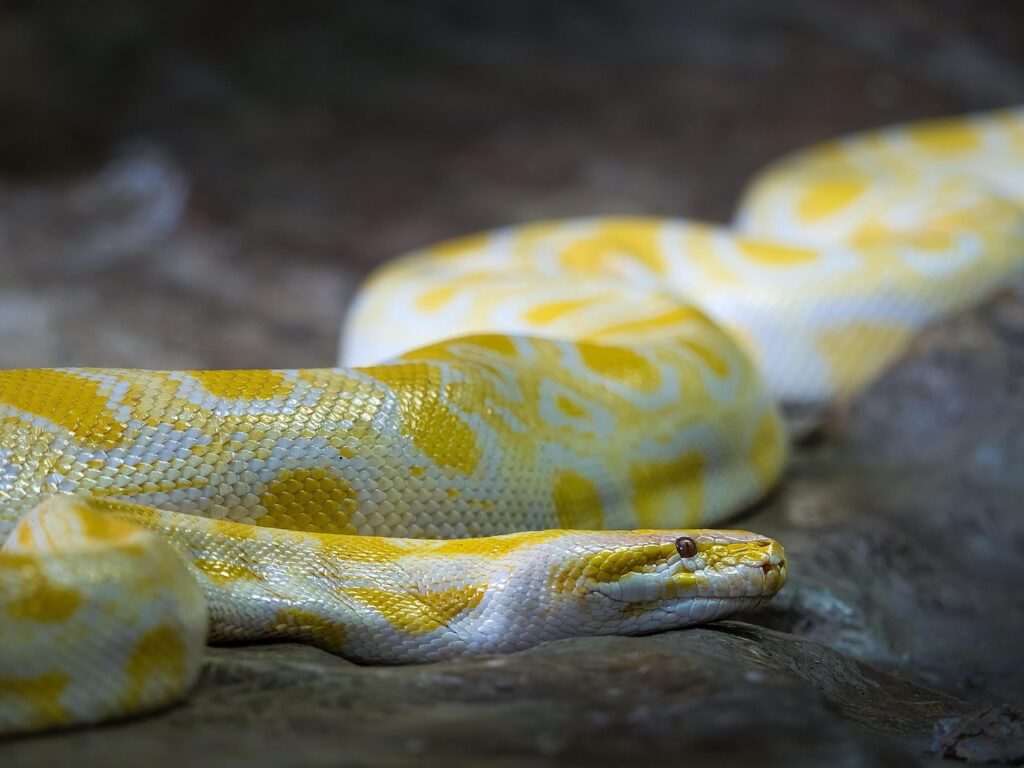
Monitoring your snake’s body condition provides crucial information about its overall health status. A healthy snake should have a rounded, muscular body shape without the spine being prominently visible. Progressive weight loss, where the snake becomes increasingly triangular in cross-section with a visible spine ridge along the back, indicates serious health problems even if the snake appears to be eating normally. Regular weighing using a digital scale can help detect subtle weight changes before they become visually apparent, with healthy snakes maintaining or gradually increasing weight appropriate to their age and feeding schedule. Rapid weight loss, particularly when accompanied by muscle wasting around the head making it appear more angular, requires immediate veterinary assessment as it often indicates advanced disease processes. Some snake species normally slim down during breeding season, but this should not progress to the point where the spine becomes prominently visible.
Neurological Symptoms and Their Significance
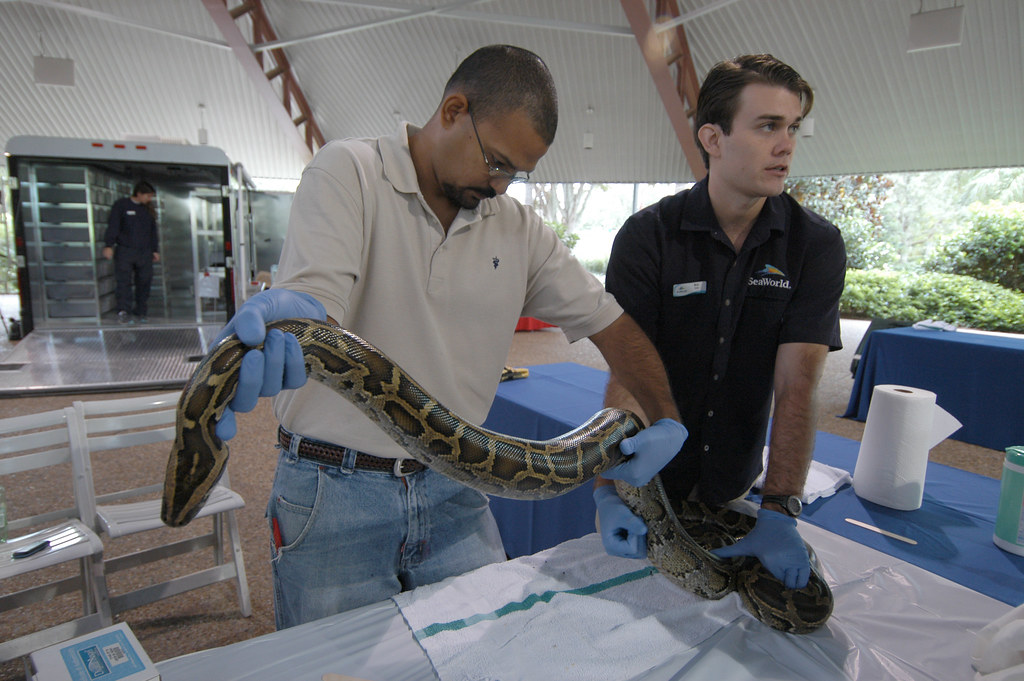
Neurological issues in snakes can manifest in various concerning ways that require immediate veterinary attention. Inclusion Body Disease (IBD), particularly common in boas and pythons, presents with progressive neurological symptoms including difficulty righting themselves, unusual posturing, and “stargazing” where the snake seems unable to control head position. Tremors, twitching, or discoordinated movements when attempting to crawl normally indicate potential poisoning, vitamin deficiencies, or central nervous system infections. Head-pressing, where a snake pushes its head against the enclosure wall for extended periods, suggests neurological pain or increased intracranial pressure. Some neurological symptoms may appear intermittently at first, making video documentation valuable for your veterinarian’s assessment, as these conditions often progress rapidly and require aggressive treatment approaches.
Immediate First Aid for Respiratory Distress
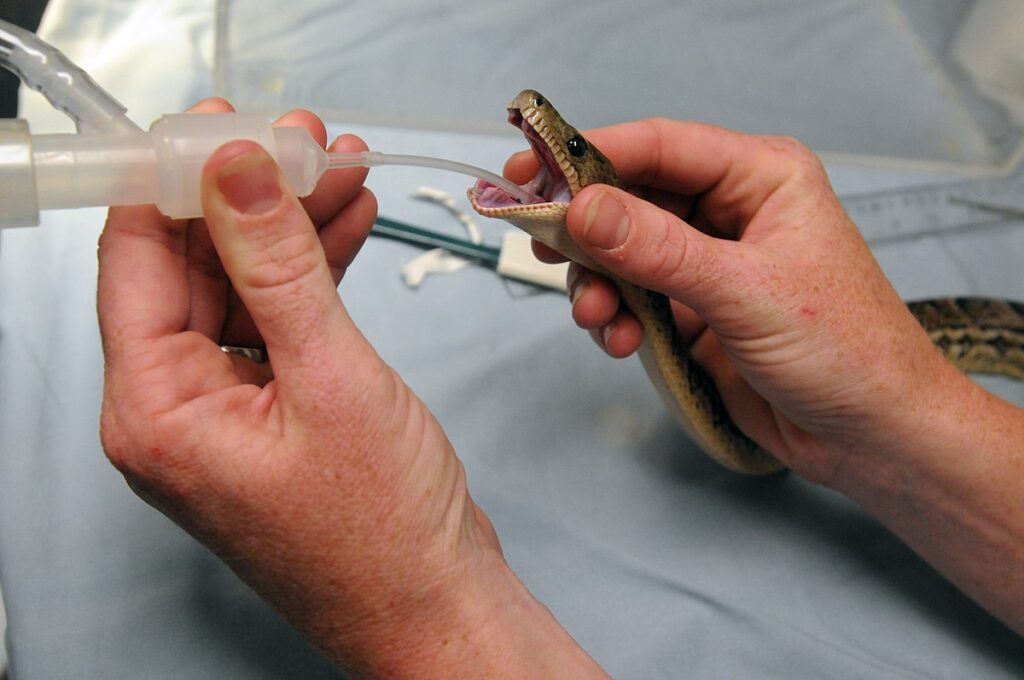
When your snake shows signs of respiratory infection, taking quick action while arranging veterinary care can improve outcomes. Temporarily increase the ambient temperature in the enclosure by 2-3 degrees Fahrenheit, as higher temperatures support the snake’s immune system function—but be careful not to exceed the species’ maximum temperature tolerance. Ensure the enclosure has a proper temperature gradient allowing the snake to thermoregulate as needed. Increase humidity moderately by adding a larger water bowl or misting one side of the enclosure, which can help loosen mucus and ease breathing difficulties. Keep handling to an absolute minimum to reduce stress, and isolate the affected snake if you have multiple animals to prevent potential disease spread. While these measures may provide temporary relief, respiratory infections require proper antibiotic treatment from a reptile-experienced veterinarian, so use these first aid steps only while arranging professional care.
Creating an Emergency Reptile First Aid Kit
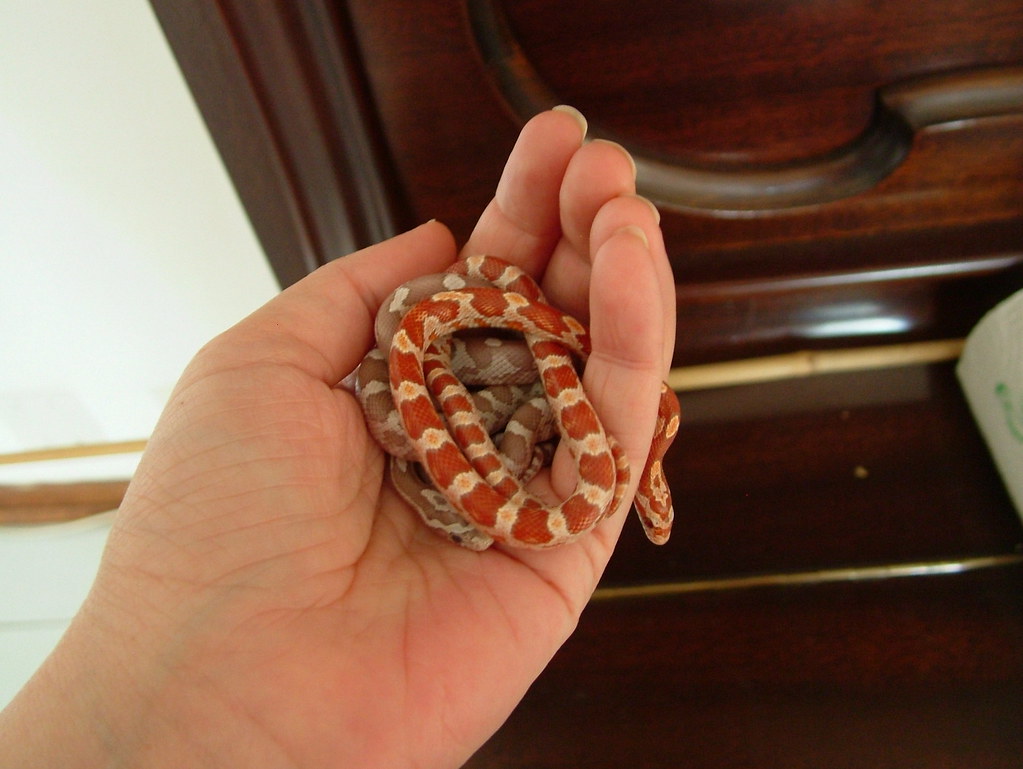
Being prepared for emergencies can make the difference between successful treatment and tragic outcomes for your snake. Assemble a dedicated reptile first aid kit containing digital thermometer/hygrometer combinations to verify environmental parameters during illness, as improper temperatures often contribute to health issues. Include Betadine solution (diluted to the color of weak tea) for cleaning minor wounds, sterile saline solution for flushing injuries, and cotton-tipped applicators for gentle application of medications. Add non-adhesive wound pads, paper tape that won’t stick to scales, and small blunt-tipped scissors for emergency treatment. Include a snake hook or tongs for safely handling potentially aggressive ill snakes, and a small soft cloth bag for transportation to the vet. Keep the contact information for the nearest exotic animal veterinarian readily accessible, ideally including after-hours emergency options, as reptile emergencies rarely occur during convenient business hours.
When to Seek Emergency Veterinary Care
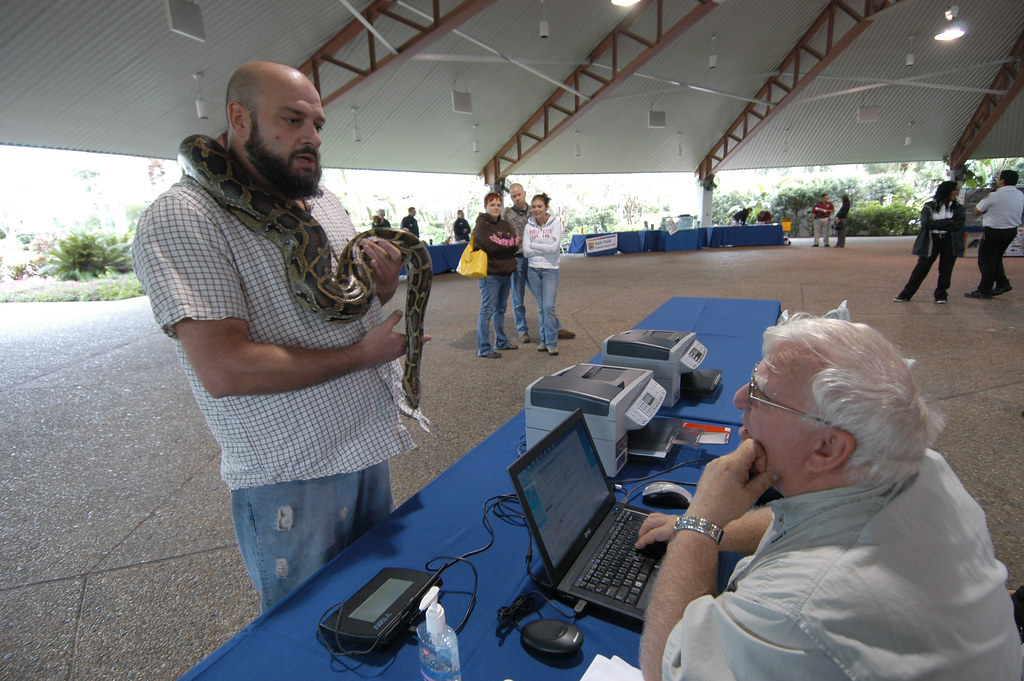
Certain symptoms warrant immediate professional intervention rather than home monitoring or first aid attempts. Severe respiratory symptoms, including open-mouth breathing, bubbles from the nose or mouth, or significant wheezing sounds, represent life-threatening emergencies requiring same-day veterinary assessment. Neurological symptoms like seizures, severe disorientation, or inability to right themselves should never be waited out, as they often progress rapidly without proper treatment. Prolapsed hemipenes or cloaca (tissue protruding from the vent area) require immediate professional attention to prevent tissue death, as do significant injuries with active bleeding or exposed deeper tissues. Sudden paralysis of any portion of the body, particularly if progressing up from the tail, indicates potential spinal injury or severe systemic infection requiring urgent care. Remember that reptiles are masters at hiding illness until it becomes advanced, so what appears as a “mild” symptom often represents a condition that has already progressed significantly.
Preventative Health Measures for Long-Term Wellness

The best treatment for snake illness is prevention through proper husbandry and regular health monitoring. Maintain detailed records of your snake’s normal behavior, feeding response, weight, and shedding patterns to establish a baseline for comparison when assessing potential health concerns. Schedule annual veterinary check-ups with an experienced reptile veterinarian, even for apparently healthy animals, as professional examination can detect subtle abnormalities before they become serious. Implement proper quarantine procedures for new animals, keeping them completely separate from your existing collection for at least 90 days while monitoring for signs of illness. Maintain scrupulous hygiene in enclosures, including regular complete cleaning and disinfection of all surfaces and decorations. Provide species-appropriate environmental parameters, particularly regarding temperature gradients and humidity levels, as many common snake illnesses directly result from chronic stress caused by improper husbandry conditions.
Snakes have evolved remarkable adaptations for survival, including the ability to mask illness until it becomes advanced. This makes vigilant observation and quick response essential skills for responsible snake owners. By familiarizing yourself with the subtle indicators of health problems and establishing a relationship with a qualified reptile veterinarian before emergencies arise, you significantly improve your pet’s chances of recovery from illness. Remember that many common snake health issues stem directly from husbandry mistakes, making proper environmental conditions your first line of defense against disease. With attentive care, appropriate preventative measures, and prompt response to early warning signs, your serpentine companion can enjoy a long, healthy life in your care.

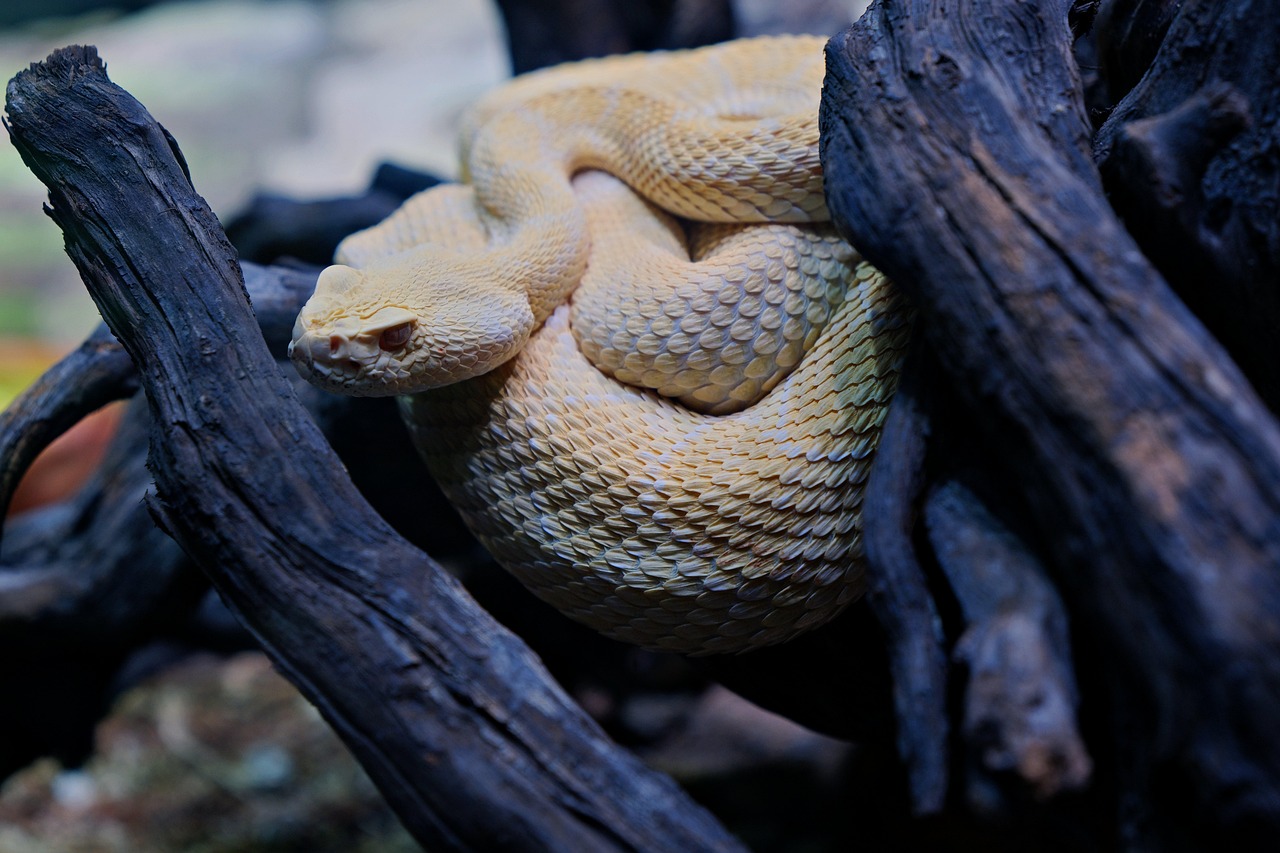
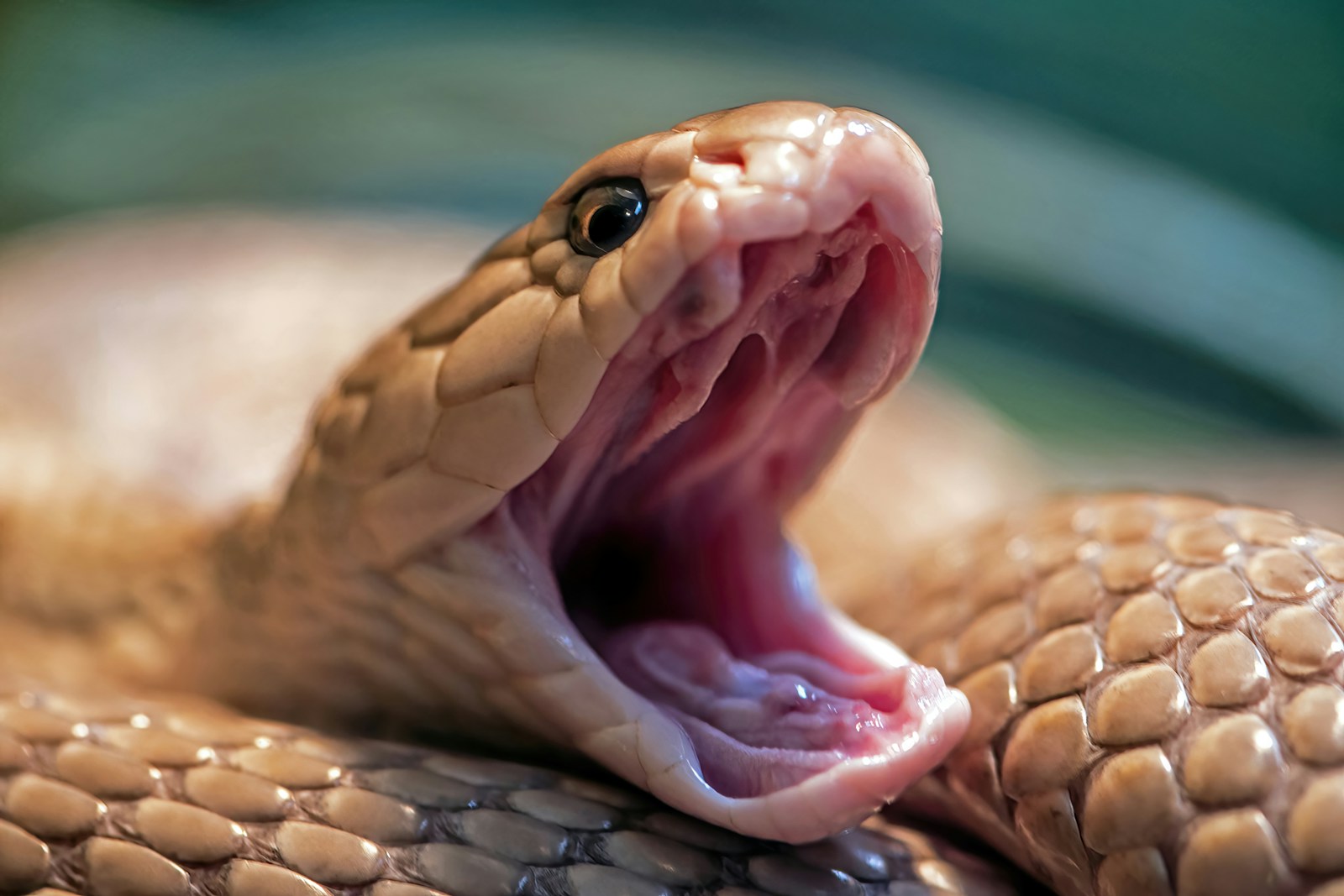



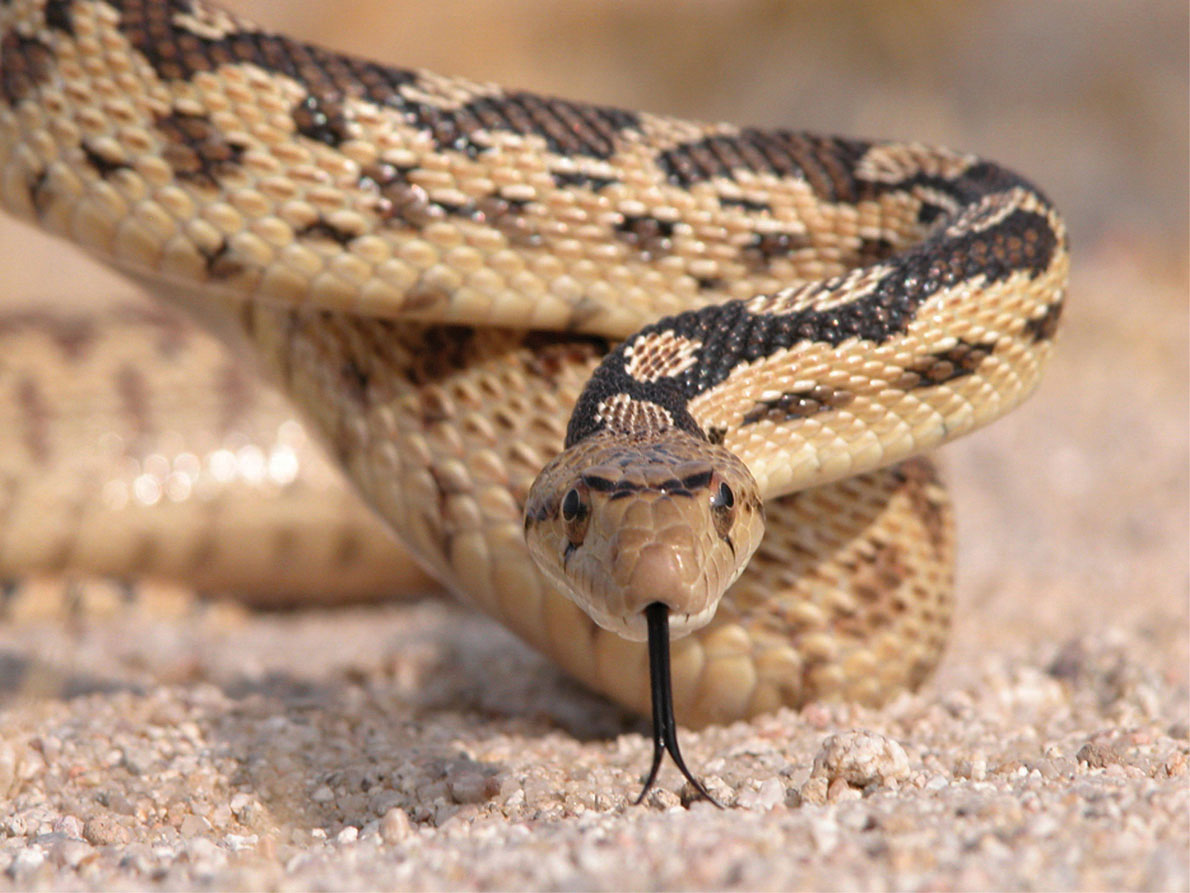


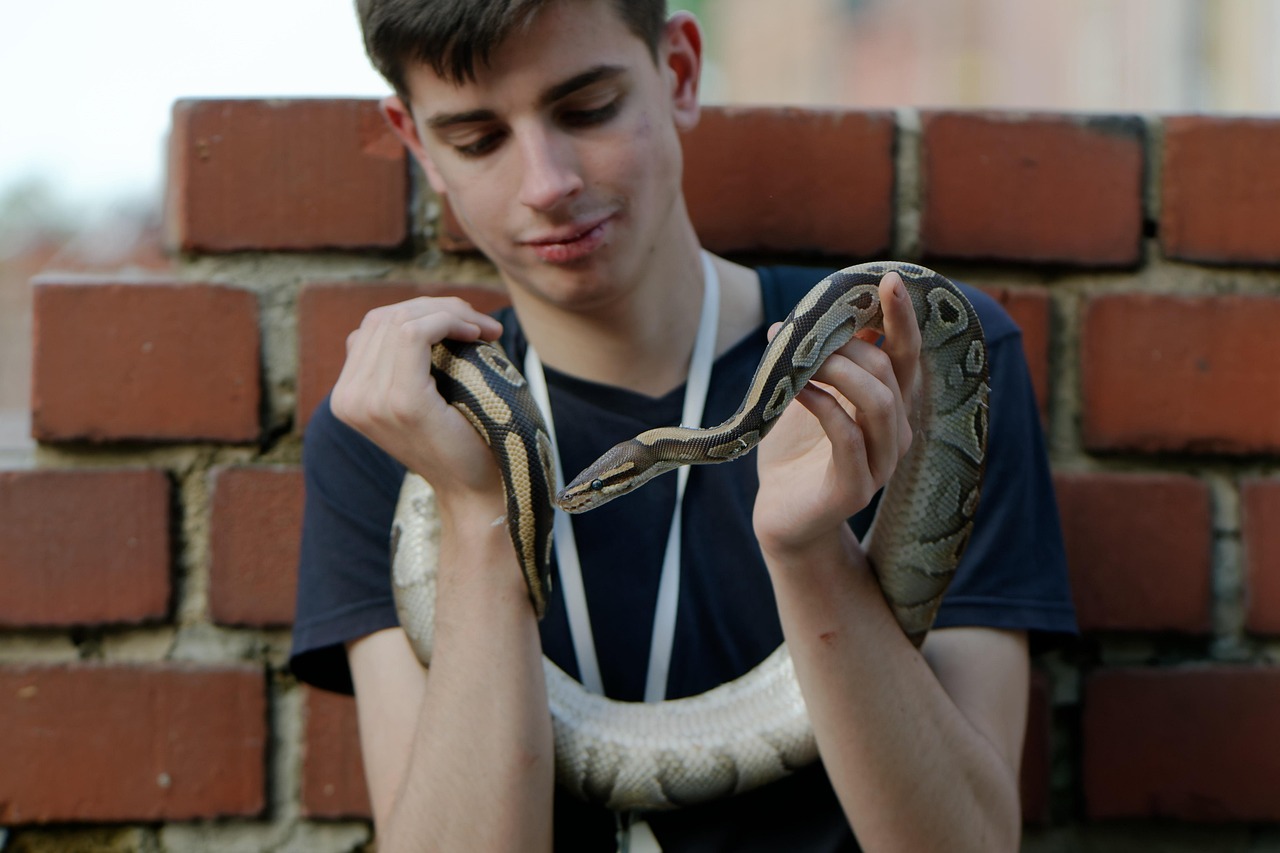
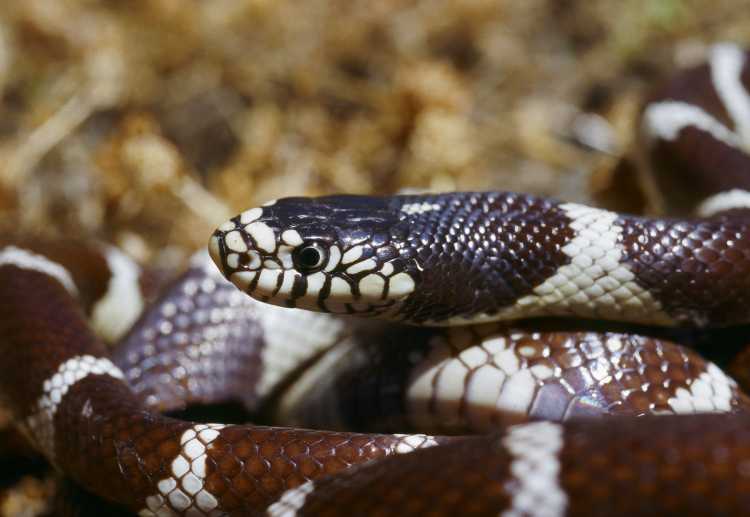
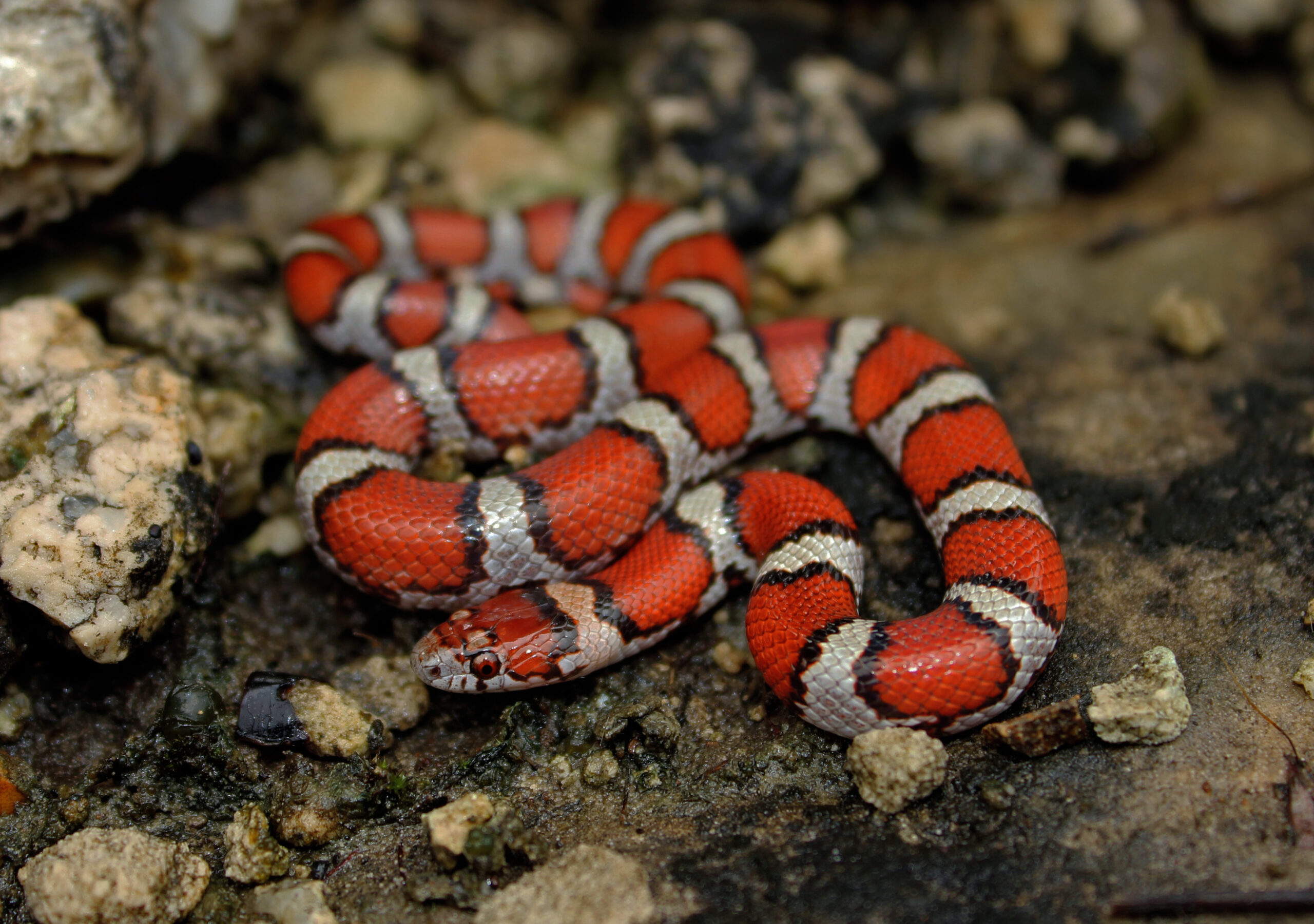




Leave a Reply